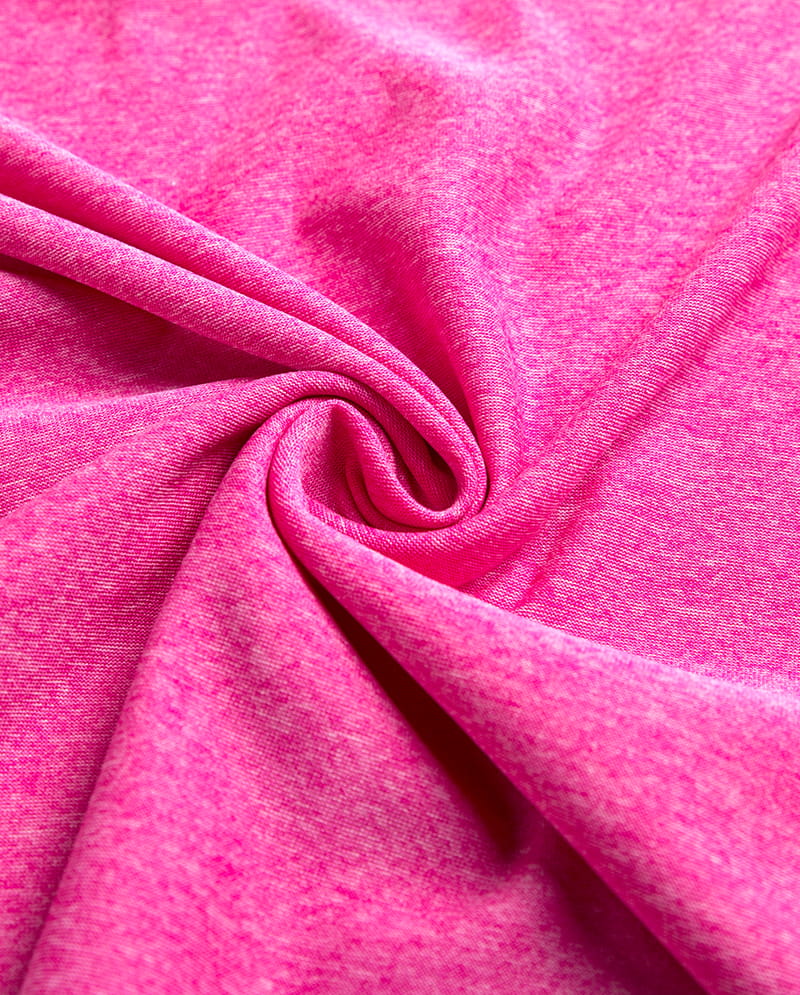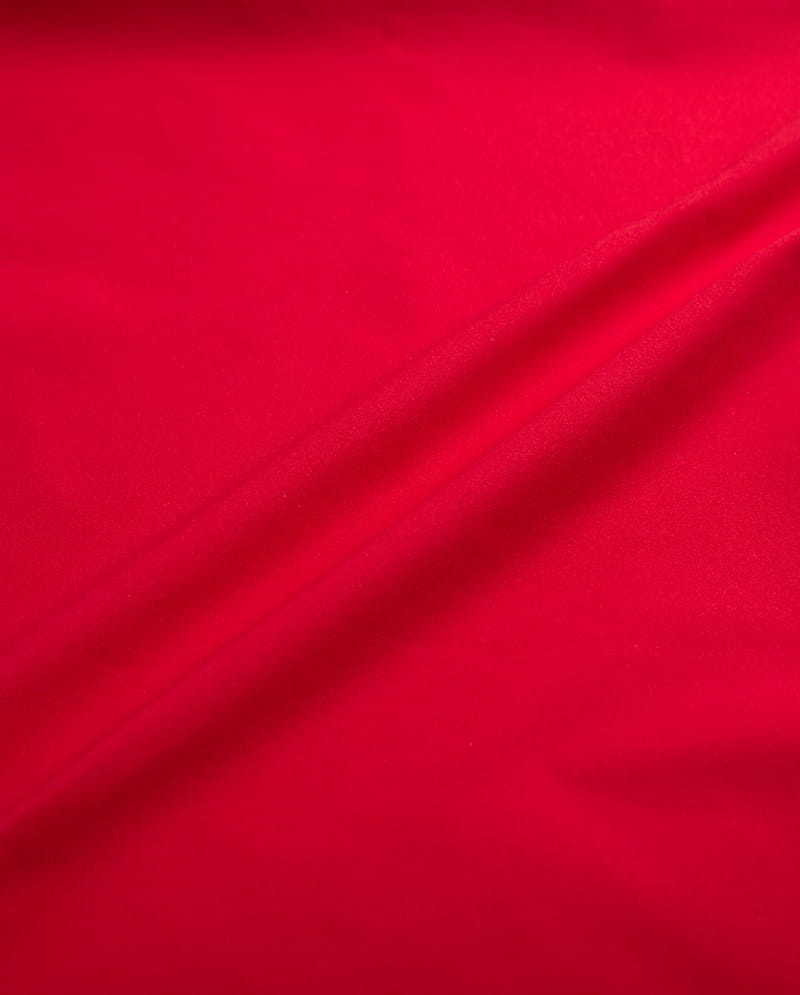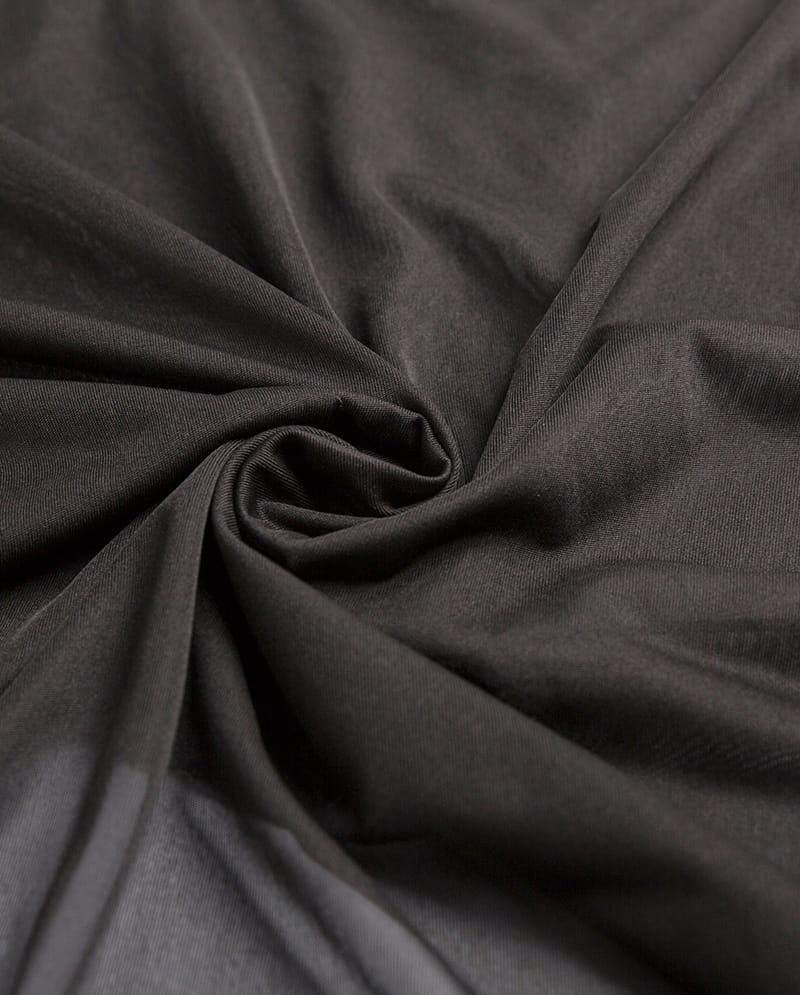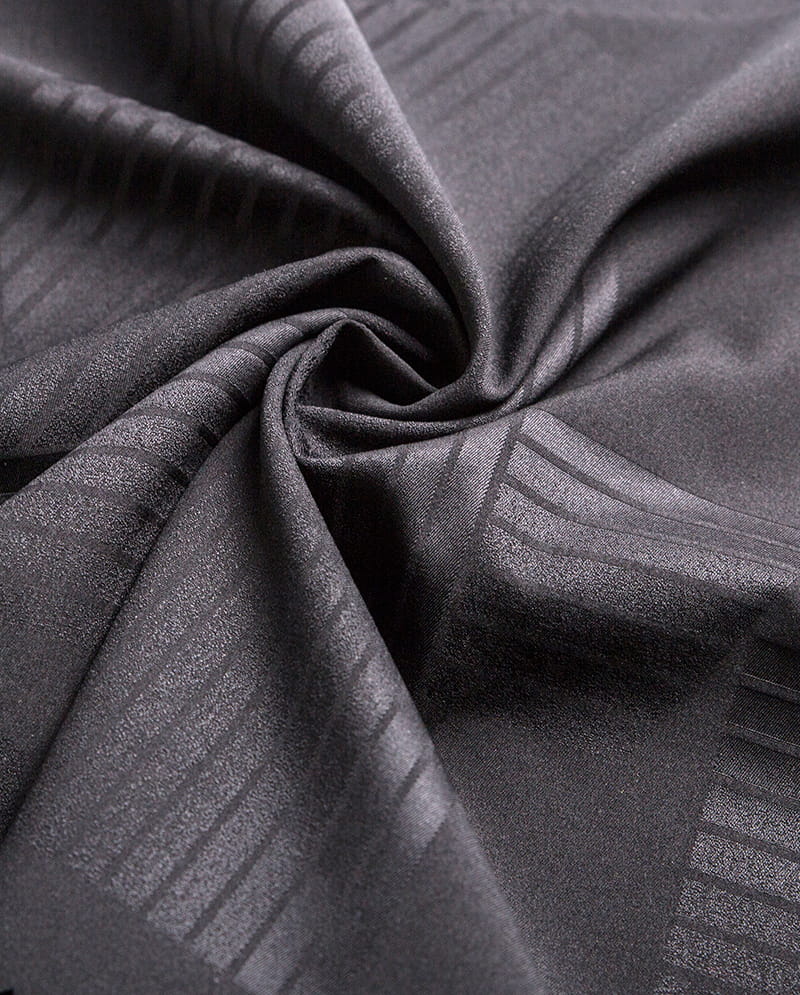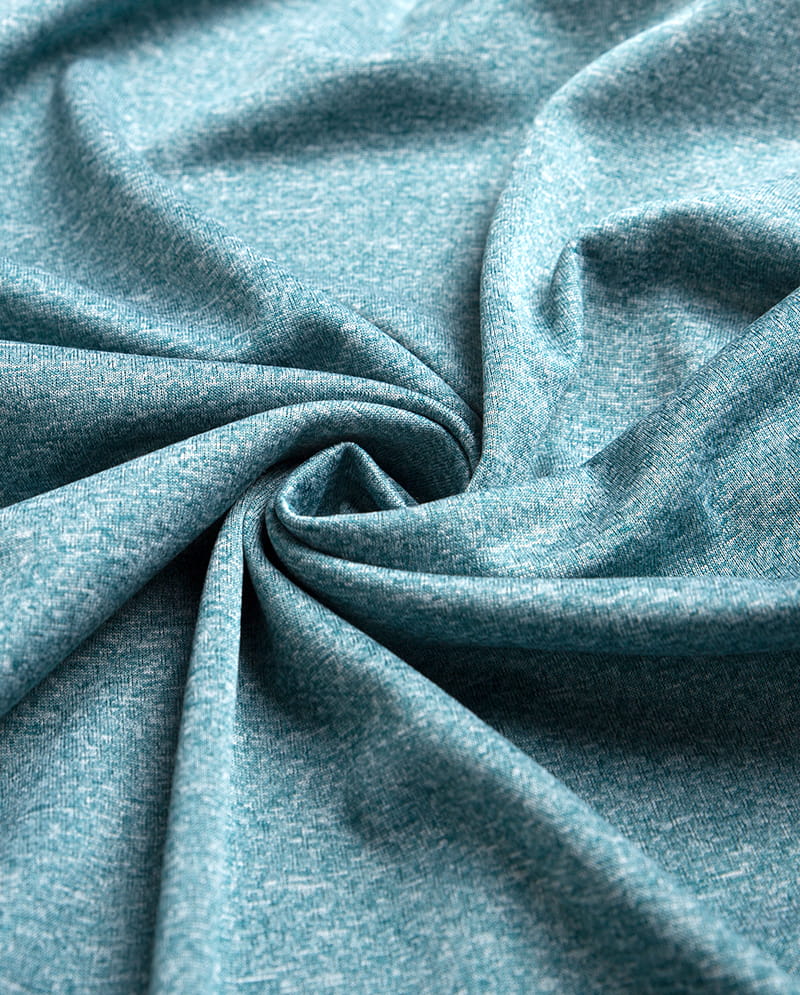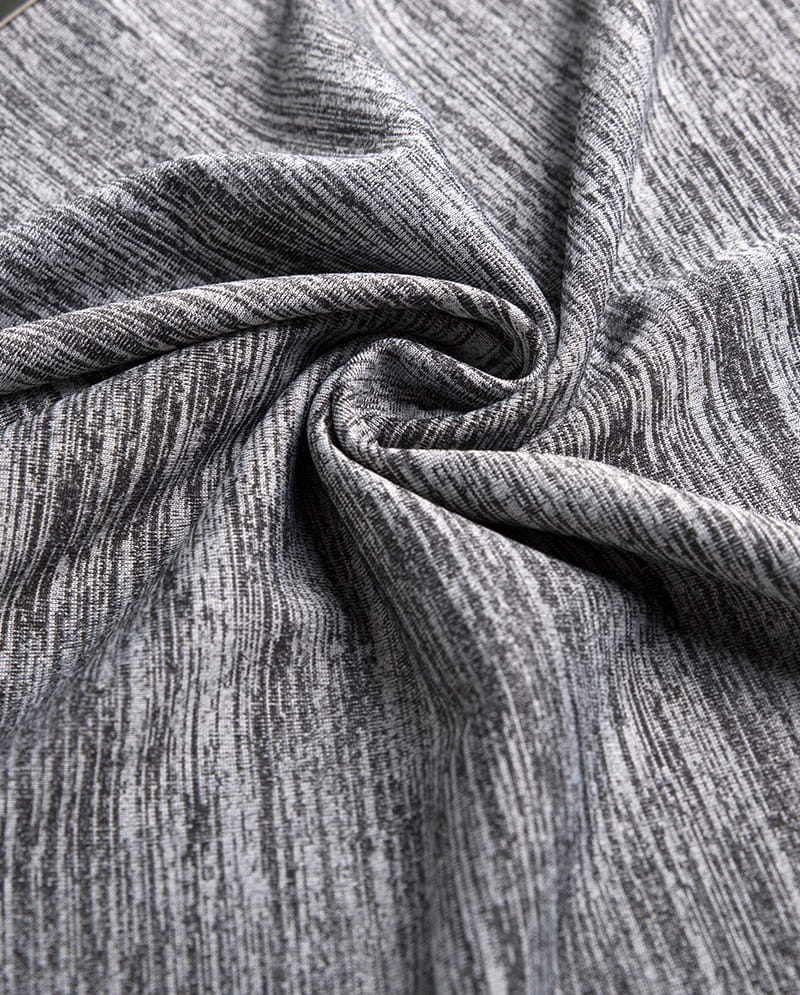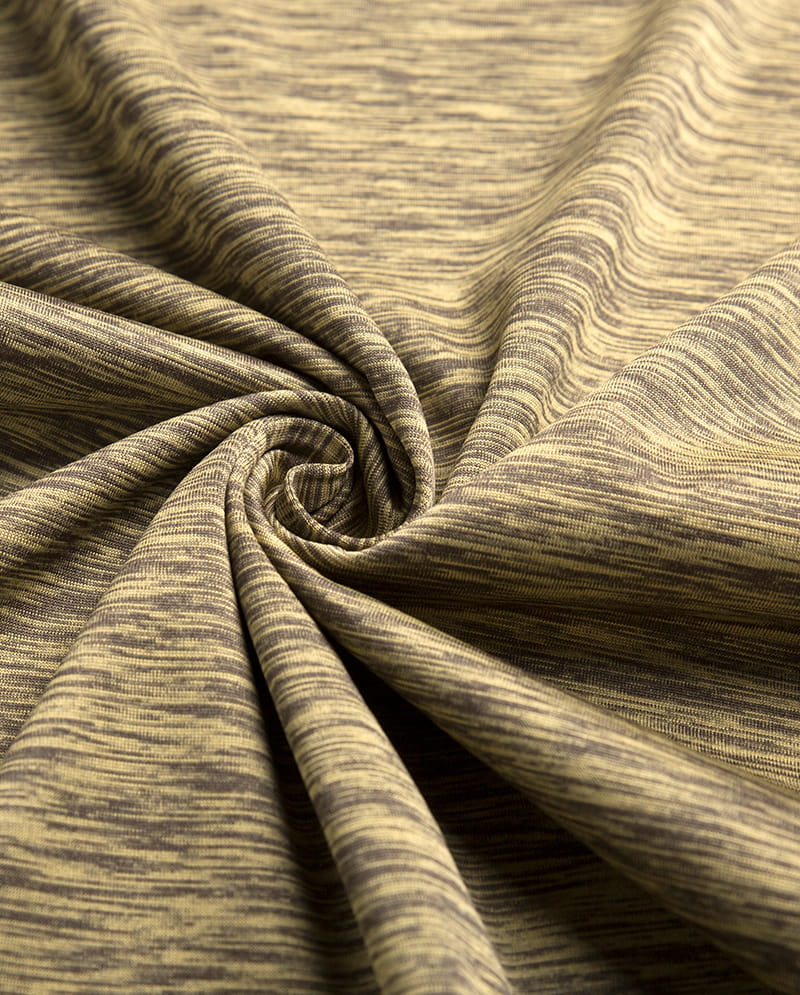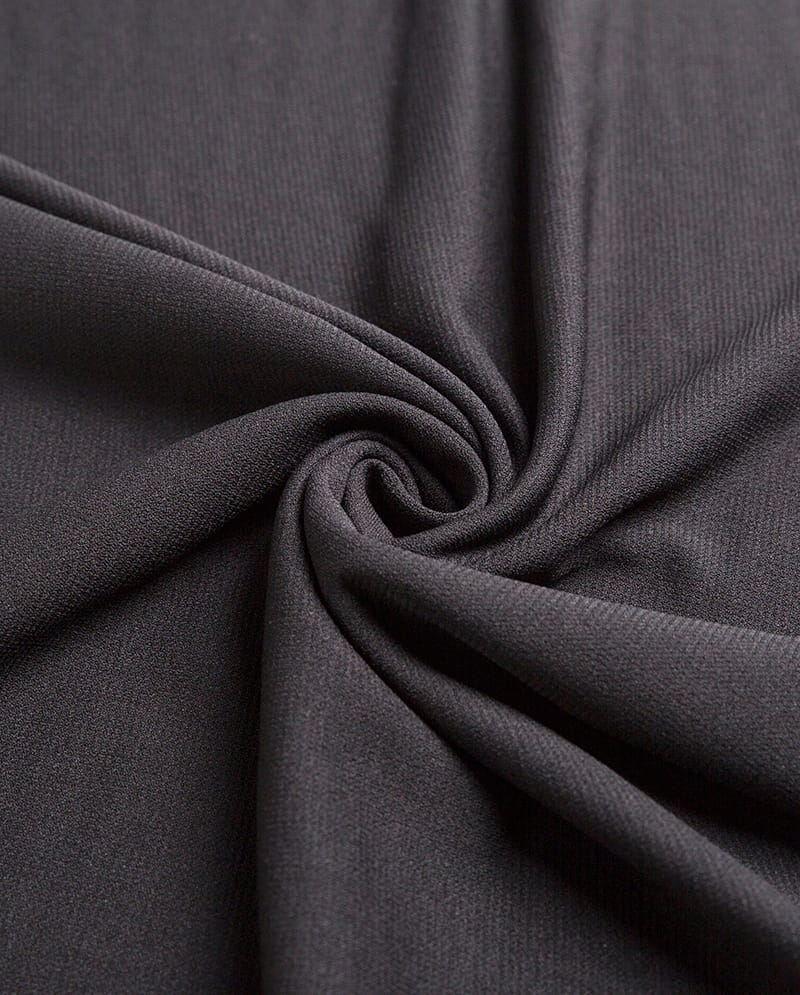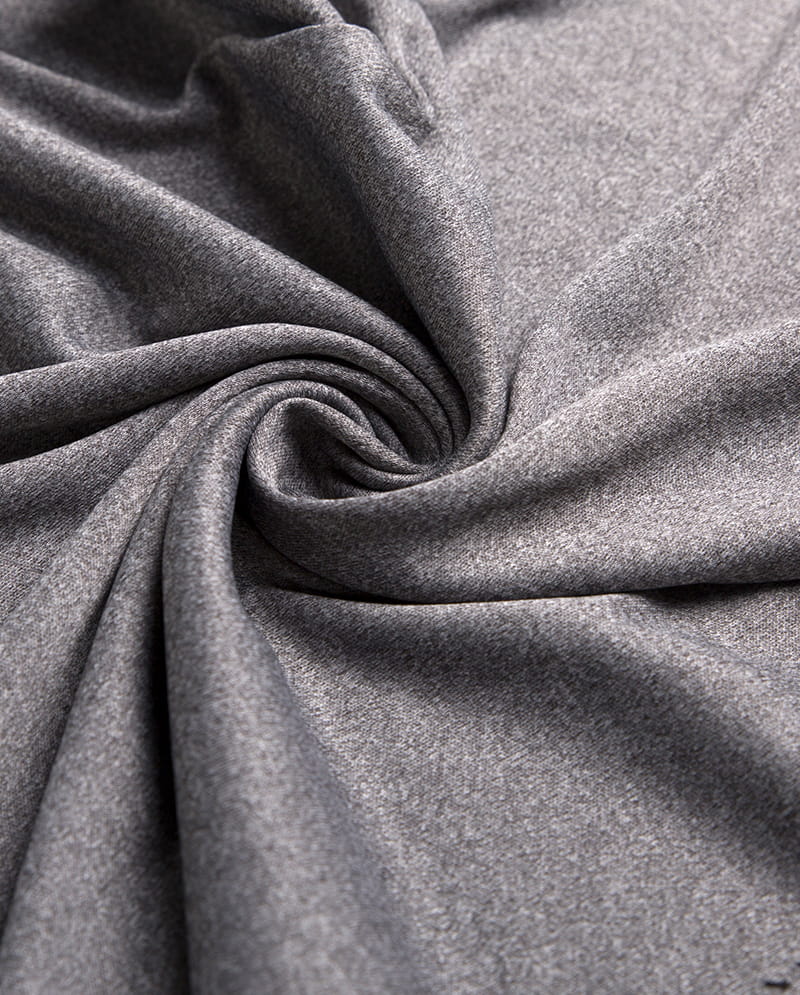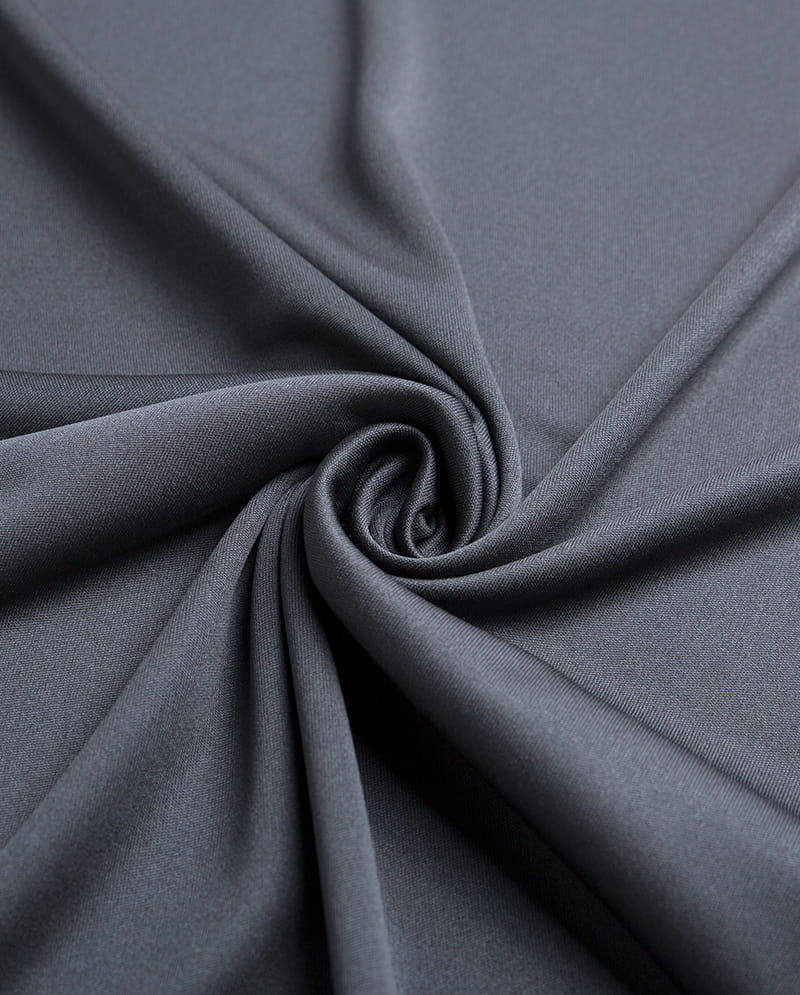What Is Knitted Fabric? Types, Properties, and Uses
Knitted fabric is a versatile textile widely used in clothing, home textiles, and industrial applications. Unlike woven fabrics, knitted fabrics are made by interlocking loops of yarn, giving them unique stretchability and comfort. In this guide, we’ll explore the different types of knitted fabrics, their properties, common uses, and how they compare to woven fabrics.
How Is Knitted Fabric Made?
Knitted fabric is created using a process called knitting, where yarn is looped continuously to form a flexible and stretchable material. There are two primary knitting methods:
- Weft Knitting: Yarn runs horizontally, creating loops across the width of the fabric. Common examples include jersey and rib knit.
- Warp Knitting: Yarn runs vertically, forming interlocking loops along the length. Examples include tricot and raschel knit.
Types of Knitted Fabrics
Knitted fabrics come in various types, each with distinct characteristics. Below is a table summarizing the most common knitted fabrics:
| Fabric Type | Description | Common Uses |
| Jersey Knit | Soft, stretchy, and lightweight with a smooth face and textured back. | T-shirts, dresses, leggings |
| Rib Knit | Vertical ridges, highly elastic, and retains shape well. | Neckbands, cuffs, sweaters |
| Interlock Knit | Thicker and more stable than jersey, with a double-knit structure. | Baby clothes, sportswear |
| Purl Knit | Has a bumpy texture, reversible, and highly stretchable. | Scarves, sweaters |
| Tricot Knit | Smooth, wrinkle-resistant, and less stretchy than weft knits. | Lingerie, swimwear |
| Raschel Knit | Open, lacy, and durable, often used for decorative fabrics. | Curtains, mesh fabrics |
Properties of Knitted Fabric
Knitted fabrics have unique properties that make them suitable for various applications:
- Stretchability: Knitted fabrics stretch easily, making them comfortable for activewear and fitted garments.
- Breathability: The looped structure allows air circulation, keeping the wearer cool.
- Wrinkle Resistance: Knits tend to resist wrinkles better than woven fabrics.
- Drapability: They conform well to body shapes, providing a flattering fit.
- Moisture Absorption: Many knitted fabrics wick moisture, making them ideal for sportswear.
Knitted vs. Woven Fabric: Key Differences
Understanding the differences between knitted and woven fabrics helps in choosing the right material for your project. Below is a comparison table:
| Feature | Knitted Fabric | Woven Fabric |
| Construction | Interlocking loops | Interlacing warp and weft yarns |
| Stretch | High elasticity | Limited stretch (unless blended with elastane) |
| Durability | Less durable (can snag) | More durable and resistant to wear |
| Breathability | More breathable | Less breathable (depends on weave) |
| Common Uses | T-shirts, activewear, socks | Denim, shirts, suits |
Common Uses of Knitted Fabric
Knitted fabrics are widely used in:
- Apparel: T-shirts, sweaters, leggings, underwear, and sportswear.
- Home Textiles: Bedding, blankets, and upholstery.
- Medical Textiles: Compression garments, bandages, and surgical stockings.
- Industrial Applications: Filters, geotextiles, and automotive textiles.
Advantages of Knitted Fabric
- Comfortable and flexible for movement.
- Does not require ironing frequently.
- Quick to manufacture compared to woven fabrics.
- Can be made from various fibers (cotton, wool, polyester, etc.).
Disadvantages of Knitted Fabric
- Prone to snagging and pilling.
- Less structured than woven fabrics.
- May lose shape over time if not cared for properly.
How to Care for Knitted Fabric
Proper care extends the life of knitted garments:
- Wash in cold water to prevent shrinkage.
- Use a gentle detergent and avoid bleach.
- Lay flat to dry to maintain shape.
- Store folded, not hung, to avoid stretching.
Best Fibers for Knitted Fabric
Different fibers affect the feel and performance of knitted fabric:
| Fiber Type | Properties | Best For |
| Cotton | Soft, breathable, absorbent | T-shirts, casual wear |
| Wool | Warm, moisture-wicking, elastic | Winter sweaters, socks |
| Polyester | Durable, quick-drying, wrinkle-resistant | Activewear, outdoor clothing |
| Silk | Luxurious, lightweight, temperature-regulating | Lingerie, premium knitwear |
| Bamboo | Eco-friendly, antibacterial, soft | Sustainable clothing, undergarments |
Conclusion
Knitted fabric is a popular choice for comfortable, stretchable, and breathable textiles. Whether for fashion, home use, or industrial purposes, understanding its types, properties, and care methods helps in making informed decisions. By choosing the right knit and fiber, you can enjoy durable and high-performing fabrics for various applications.

 English
English 中文简体
中文简体